The Brown-Marx Tower sits on the site of the old National Bank of Birmingham building, also known as Linn’s Folly. The 3-story building was Birmingham’s first multi-story commercial building and was completed in 1873. Constructed in 1906, the Brown-Marx Tower is the second oldest building on the Heaviest Corner on Earth, following the Woodward Building (1902). Once completed, the 16-story skyscraper was Birmingham’s tallest building, until the Empire Building was built three years later across the street.

Initially, the steel-framed tower would be named The Eugeneotto Building after Eugene Brown of Brown Brothers & Co. and Otto Marx of Marx & Co. Another name that had been suggested in 1905 was The Century, but the name had no significance. Instead, the building was named after the two men who designed it. The development quickly became a success, with every floor occupied except for two upper floors. The Brown-Marx success encouraged iron magnate William Woodward to purchase the building in 1908. Over the next two years, under Woodward’s direction, Chicago architects doubled the building’s size with the U-shaped expansion we recognize today. The building’s overall size increased to 193,000 square feet. Windows were added so that every office had natural light. The Brown-Marx Tower has 1,667 windows to be exact. Some interior details such as Alabama marble and a cornice over third-story arched windows were later removed in a 1930s renovation.
As with most early buildings in Birmingham, the architects took meticulous care to make the Brown-Marx as aesthetically pleasing as possible. On the exterior, intricate banding and arched windows accentuated the light-colored brick of the facade. In addition, the ground floor’s stone exterior showcased retail goods behind broad glass windows. Local Alabama marble decorated the interior of the building, and the tower top was decorated with a decorative cornice. Although some of these ornate decorations were removed over time, the building remains impressive. The four early 20th-century towers at 20th Street and 1st Avenue were billed as the “Heaviest Corner in the South.” Over the years, that claim has grown to the “Heaviest Corner on Earth”. The cornice was removed in the 1970s and replaced with a metal enclosure. In 1985, the “Heaviest Corner on Earth” was added to the National Register of Historic Places. The Brown-Marx Tower is the only building not individually listed.
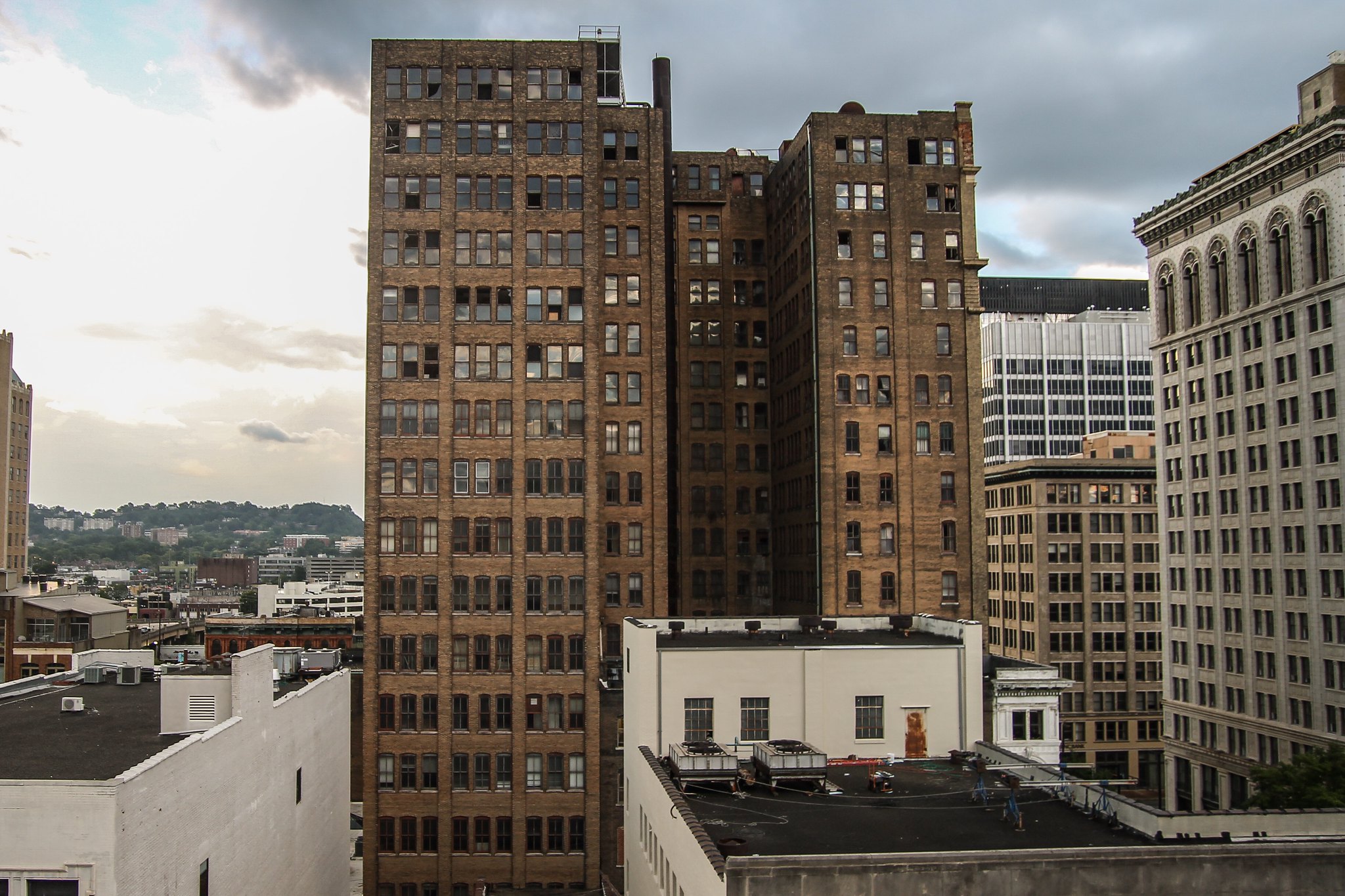


The Brown-Marx had retail and office tenants. The Subway Cafe opened in the basement in February 1907. The cafe and bar opened at 6:00 P.M. with dinner accompanied by an orchestra. The restaurant interior was furnished in Fleming oak with mission furniture. The walls are decorated with landscape paintings and other scenes in inlaid wood. The idea was derived from the elegant smoking room of the steamer Wilhelm der Gross.
There are many interesting stories related to Brown-Marx’s former tenants. In what was likely one of the first deaths associated with the building, in 1908, Miss Emma Blair, a stenographer, committed suicide by ingesting oxalic acid in her office on the third floor. Before her death, she operated a public stenographic bureau with her business partner J. B. Burkett. A second death was reported in The Birmingham Post Herald in 1914 after Frank H. Conner, a well-known contractor, shot and killed himself in his office on the 10th floor. A maid heard the gunshot at about 7:30 A.M. and on investigating discovered Mr. Conner laying in a pool of blood. The maid summoned E. L. Brown, the building’s superintendent, who in turn summoned the authorities. A careful search of his office and his private papers failed to reveal any possible reason for his suicide.
Other early tenants include the Brown Marx Cigar Company, Tennessee Coal, Iron & Railroad Company (TCI), Pratt Consolidated Coal Company, Southern Iron & Steel Company, Birmingham Coal & Iron Company, Montevallo Coal Company, Shelby Iron Company, Empire Coal Company, Galloway Coal Company, and Cement Block & Manufacturing Company. Other offices include those of coal wholesalers Adams, Rowe, & Norman, Employers Insurance Company, Lathrop Lumber Company, Oliver-Watts Construction Company, architect Jack B. Smith, T. S. Smith & Sons auto dealers, the Southern Building Code Congress, the Raymond J. Horn School of Drafting, Hillman-Watts Land Company, W. A. Watts, realtor, and Watts Realty. Attorneys Percy, Benners & Burr, who included TCI among their clients, also kept offices there. Watts Realty managed the Brown-Marx Tower from 1974 until its sale to another owner in the early 1980s.


In 1914, former Birmingham Police Chief George Bodeker opened the George H. Bodeker National Detective Agency on the 2nd floor of the Brown-Marx Tower in room 209. Before opening the private detective agency, he was ousted as police chief after claims that he took bribes from bordellos and gambling houses. William E. Murphy, a detective who resigned from the city, and John Wren, a well-known detective at the time, joined Bodeker in his business venture. According to Mr. Bodeker, his agency has already been retained in several cases and has a reputation as a nationally recognized detective agency. Bodeker’s Detective Agency later had offices all over the Southeast. The following year, in 1915, former Police Chief Connie W. Austin moved his business, C.W. Austin’s Secret Service Agency, from the Woodward Building to the 4th floor of the Brown-Marx Tower. Austin was the one who took credit for ousting George Bodeker after the bribery scandal.

By the early 2000s, the few remaining tenants were forced to vacate the Brown-Marx Tower. A $22 million renovation proposal was announced that included renovating the tower into apartments and retail space with an attached parking garage. Unfortunately, the project halted after negotiations fell through with the Birmingham Parking Authority. In 2009, a strong windstorm loosened parts of the metal facade and pieces began hanging more than 200 feet above the ground. The metal was removed, and scaffolding was erected around the building’s sidewalk to shield pedestrians from falling glass and debris. In 2012, H2 Realty purchased the Brown-Marx Tower and moved its offices to the first-floor annex building next door. An LLC affiliated with Ascent Hospitality purchased the building in January 2018. Ascent Hospitality previously renovated the Empire Building across the street into the Elyton Hotel. As of 2022, the building remains under construction.








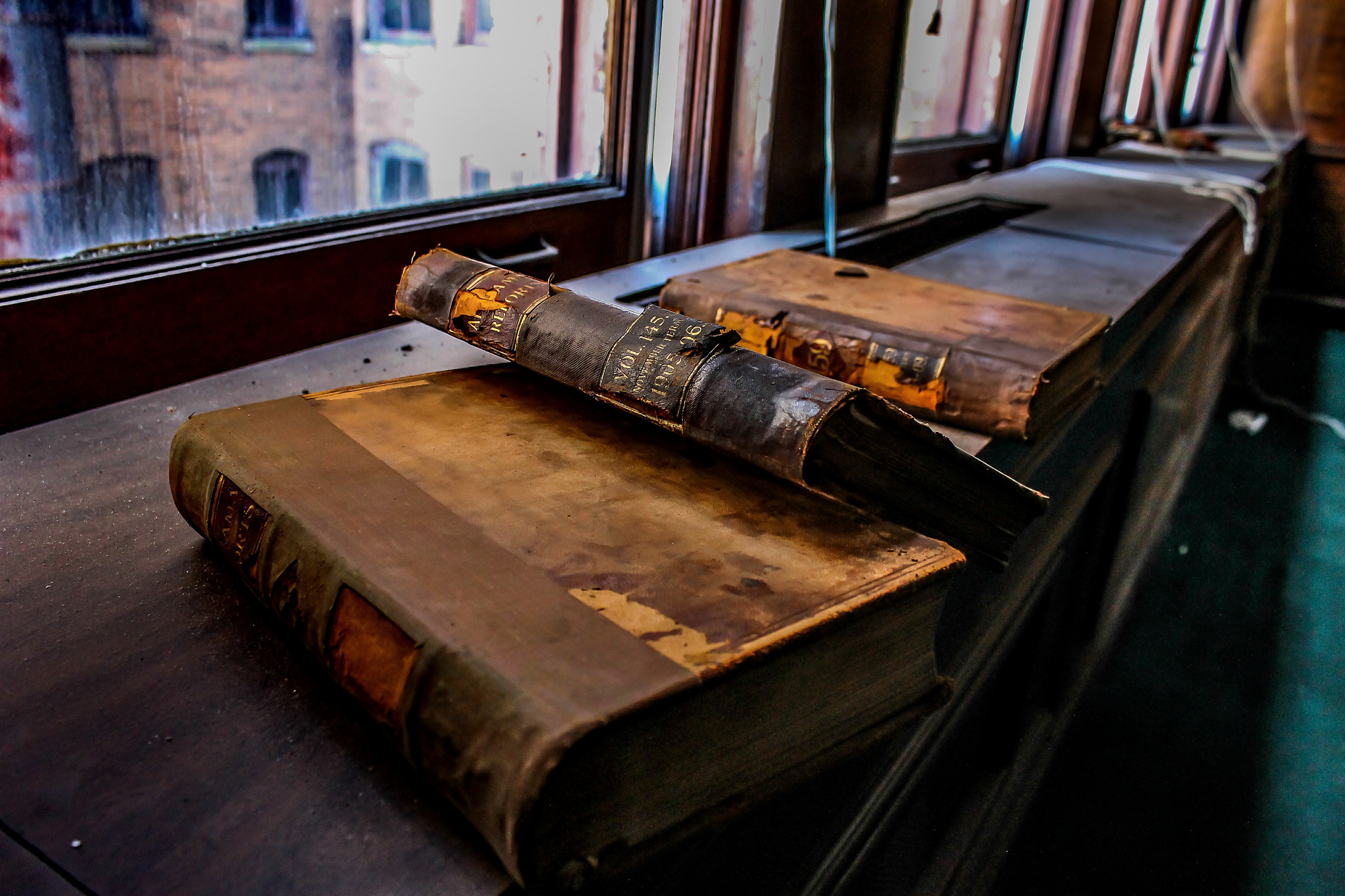
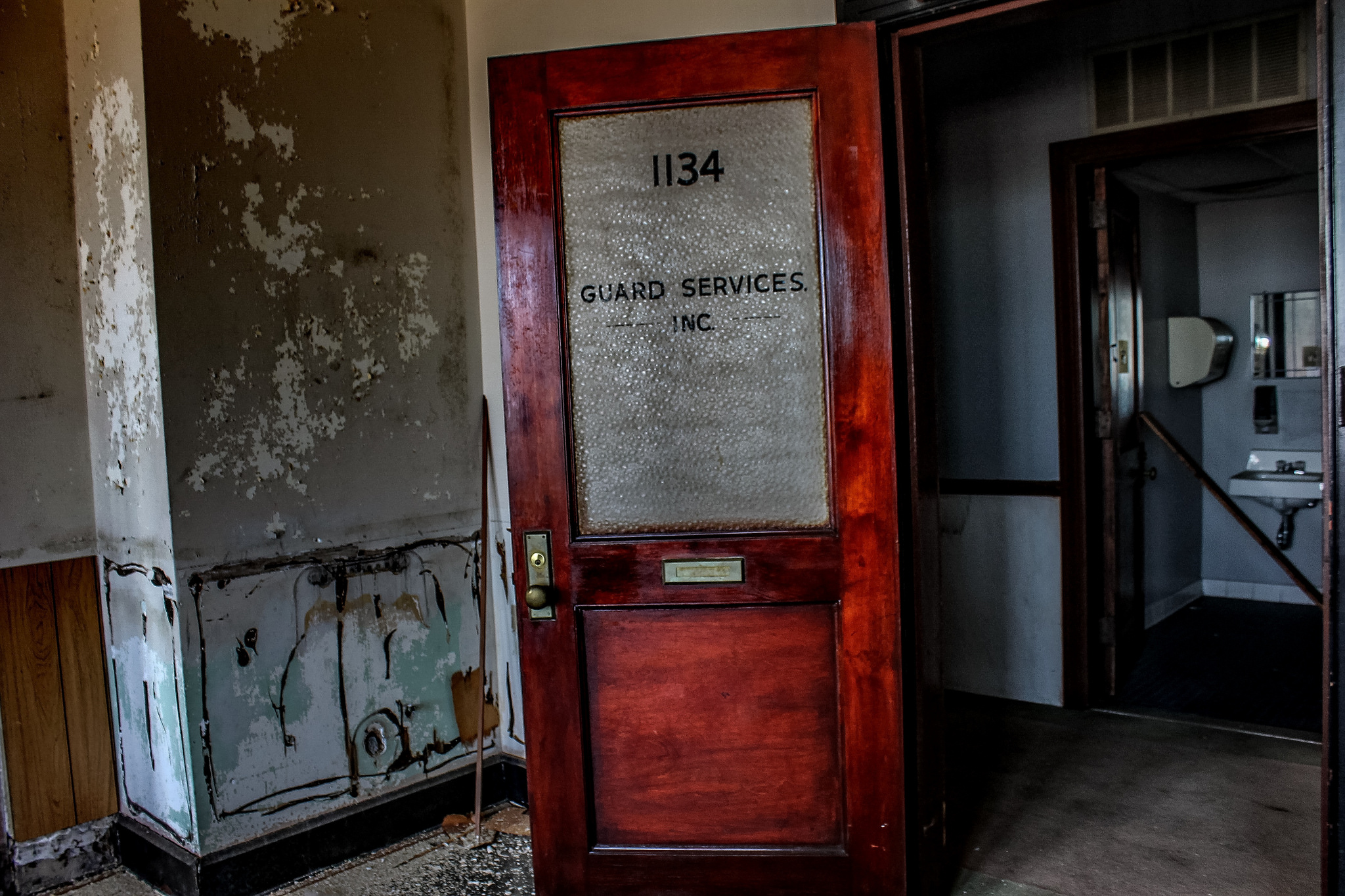





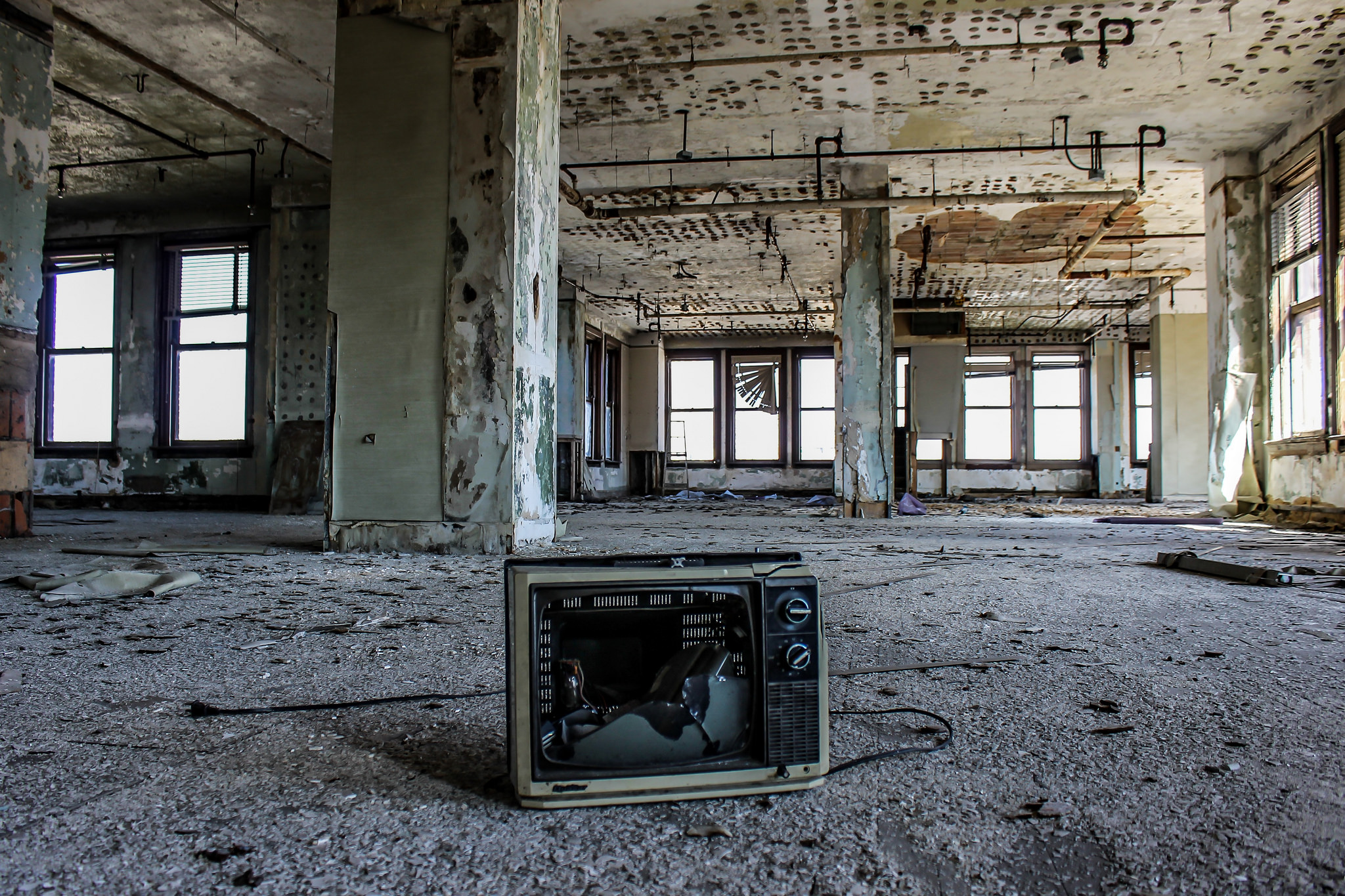

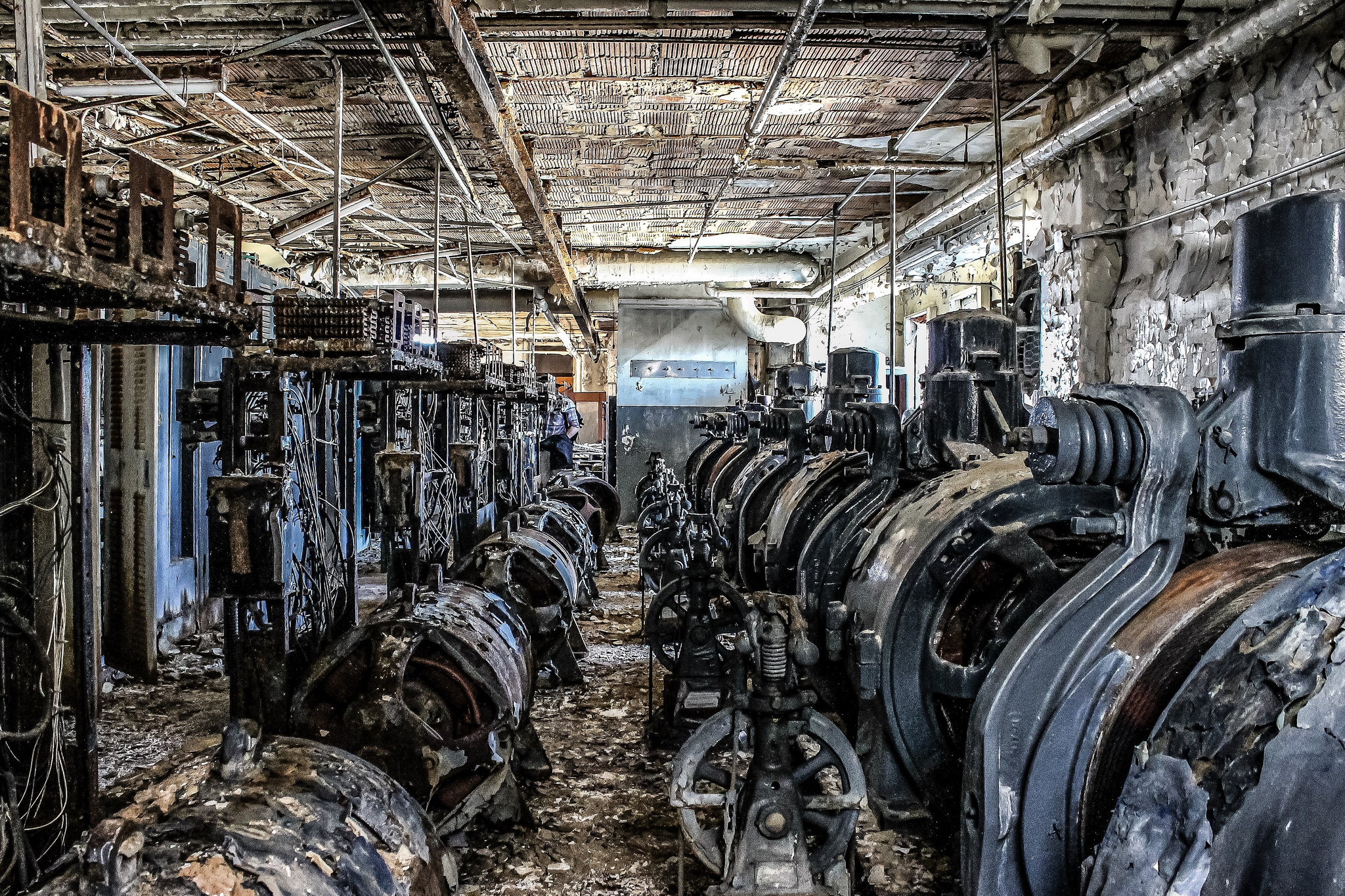

Thank you for reading. Please share the blog with your friends. I appreciate the support.
You can find me on Facebook, Instagram, and TikTok. For more amazing, abandoned places from across Birmingham, check out my books Abandoned Birmingham and Abandoned Alabama: Exploring the Heart of Dixie.

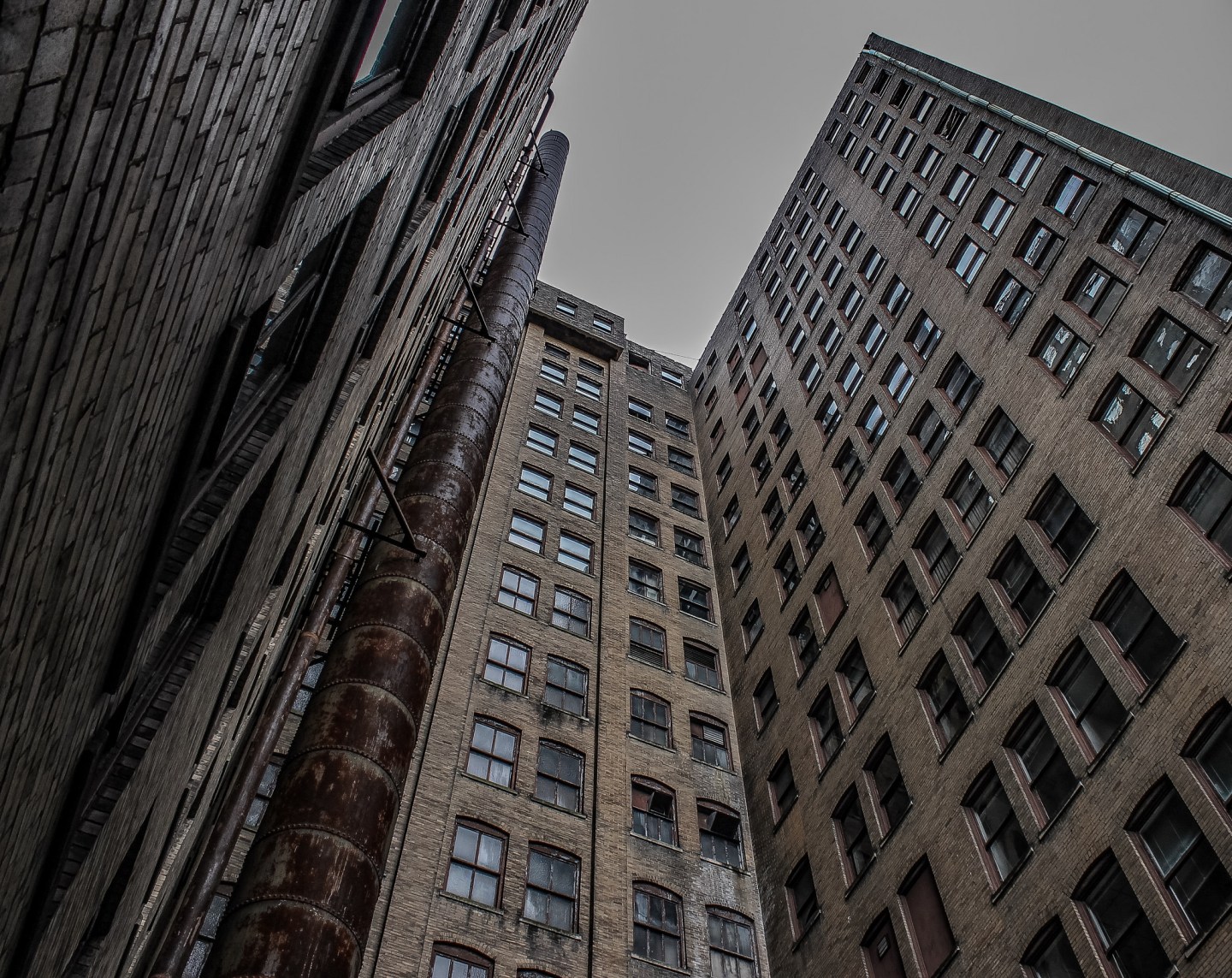
I love your shots!
LikeLiked by 2 people
Great one. Take me to your next trip with you
LikeLiked by 1 person
This would be an awesome project! What are the new owners waiting for? Buy the property next door, build your own car park!
LikeLiked by 1 person
I think they will start renovating within the next year.
LikeLike
What can I say? I have never read this many of someone’s blog posts in one sitting! Fantastic work.
LikeLiked by 1 person
I am one of George H. Bodeker’s great-grandchildren. His daughter, Joanna Bodeker, was my Grandmother. Thank you for the update, and, the Post Herald advert.
Mary Jo Fields
LikeLike